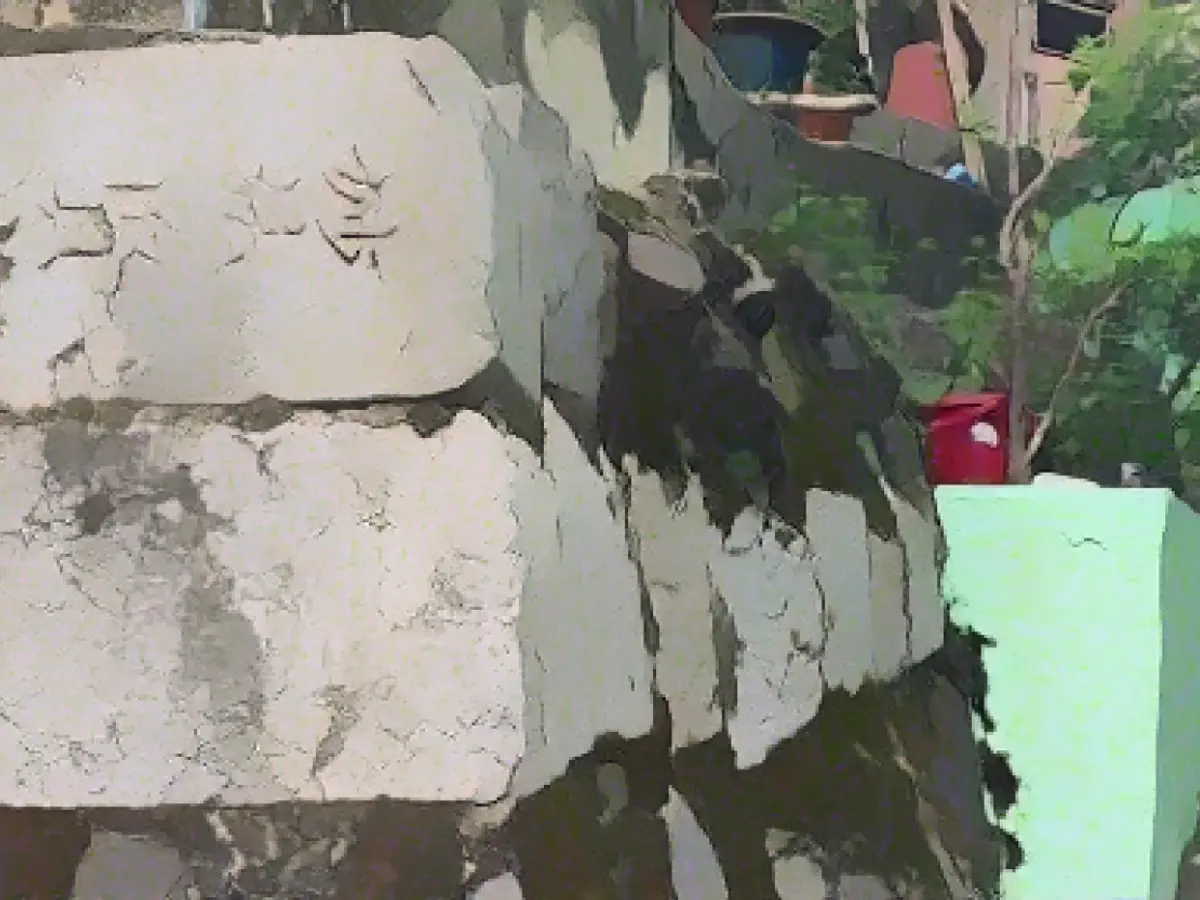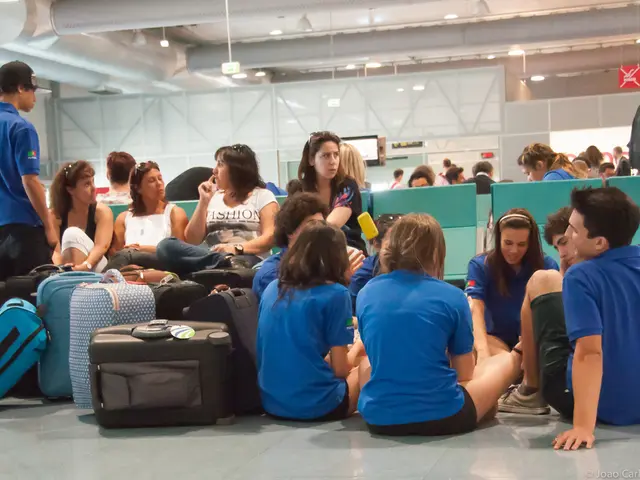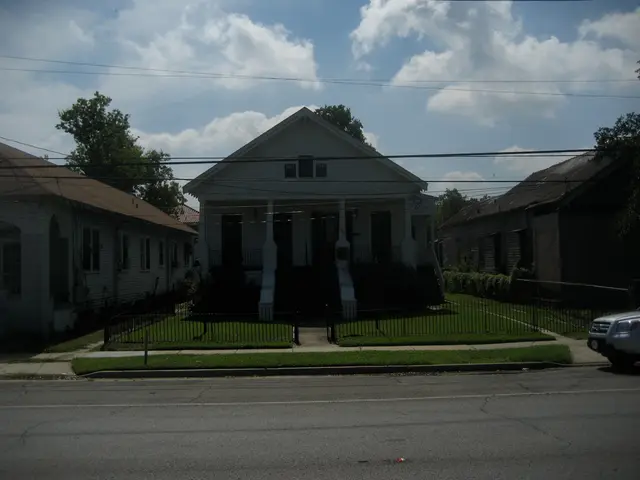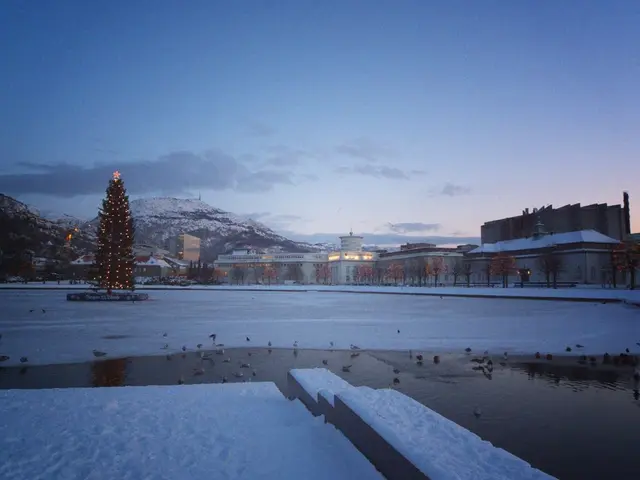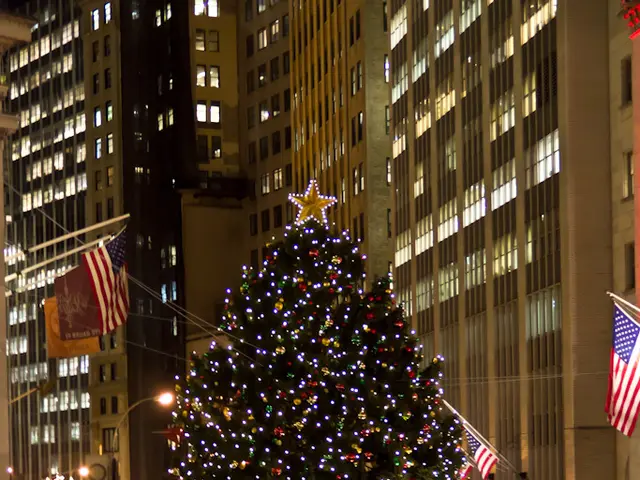At the height of the Korean War, Korean refugees constructed a peculiar village in Busan, South Korea, utilizing discarded Japanese headstones as building material. Known as Ami-dong, or the Tombstone Cultural Village, this unique settlement was born out of necessity due to the scarcity of resources.
During the Korean War, which broke out in 1950 after North Korea's invasion of South Korea, an estimated 640,000 North Koreans crossed the 38th parallel between the two countries, in addition to many internal South Korean refugees seeking safety away from front lines. Busan, along with Daegu, became a temporary refuge for many of these displaced individuals due to its status as a city spared from invasion.
Thousands of refugees flocked to this coastal city, as it remained the only major urban center not occupied by North Korea. With a growing population and limited space and resources, settlements like Ami-dong emerged as makeshift homes for many people in need.
Ami-dong, sitting at the foot of Busan's gentle mountains, was built on land that once housed a Japanese cemetery from the colonial era (1910-1945). After discarding the headstones, refugees used the gravestones' materials for their houses' foundations, walls, and staircases. Their homes were dotted with fragments of Japan's past, forming a timeless fusion of cultures.
The area soon overgrew with a myriad of new structures, transforming the cemetery into an ever-expanding village. The repurposed headstones were scattered throughout the village, serving various functions. Many were employed in practical uses such as doorstops, bench supports, and garden fences, creating a sense of communal history embedded within the fabric of daily life.
In time, the repurposed history of the Tombstone Cultural Village became a point of curiosity for visitors. Many believe that the displaced spirits of the deceased Japanese individuals who once occupied the cemetery continue to inhabit the headstones' fragments. Local folklore suggests that the souls of the deceased cling to their ashes and burial sites, and the scattered relics scattered throughout Ami-dong help preserve the legacy of those who came before.
Today, the remnants of this historical site remain integrated into the vibrant urban landscape. Many of the homes, originally constructed from the Japanese gravesites, have been restored and given fresh coats of paint in blue-green and crisp green tones. Reminders of the past still lingering, the repurposed headstones can be found hiding in the corners, under stairways, or by gas bottles and flowerpots outside some houses.
While some inscriptions are still legible, others have been worn away by time. The complex history of the Tombstone Cultural Village serves as a testament to the resilience of its inhabitants and a unique reminder of the inseparable link between past and present.
References:
[1] Business Insider. "The Gamcheon Culture Village in Busan, South Korea, is a massively popular tourist attraction with its colorful murals and narrow alleyways." 2018. [Accessed December 22, 2023].
[2] The Straits Times. "Japanese Cemetery in Singapore: Dedicated to Japanese Soldiers and Prostitutes." 2021. [Accessed December 22, 2023].
